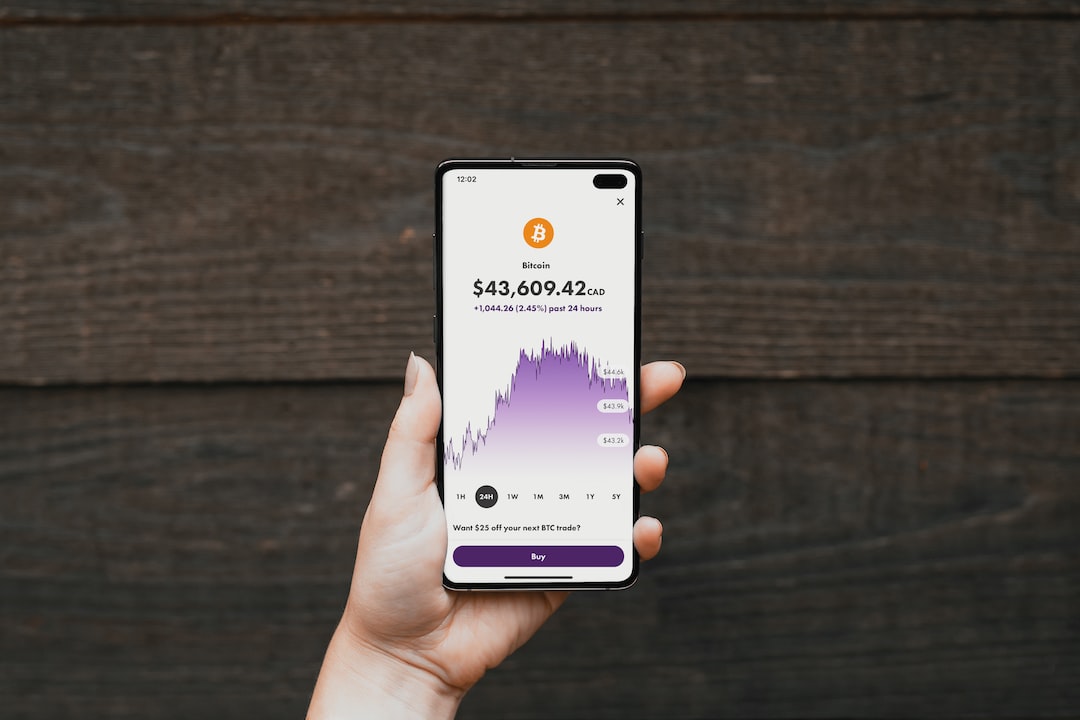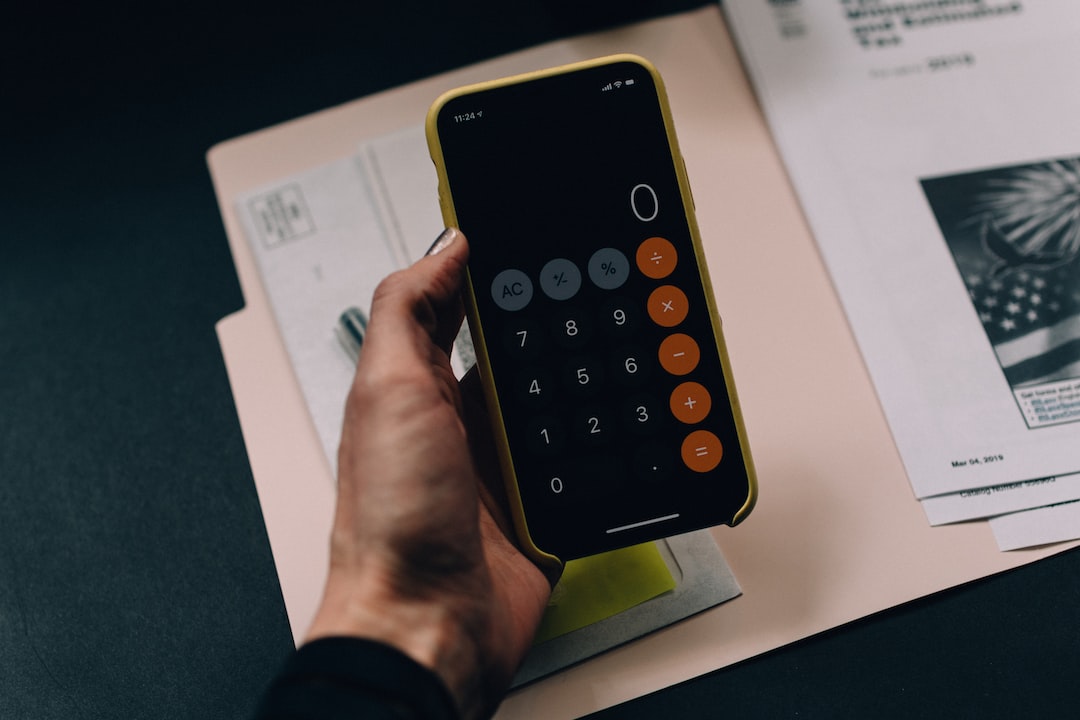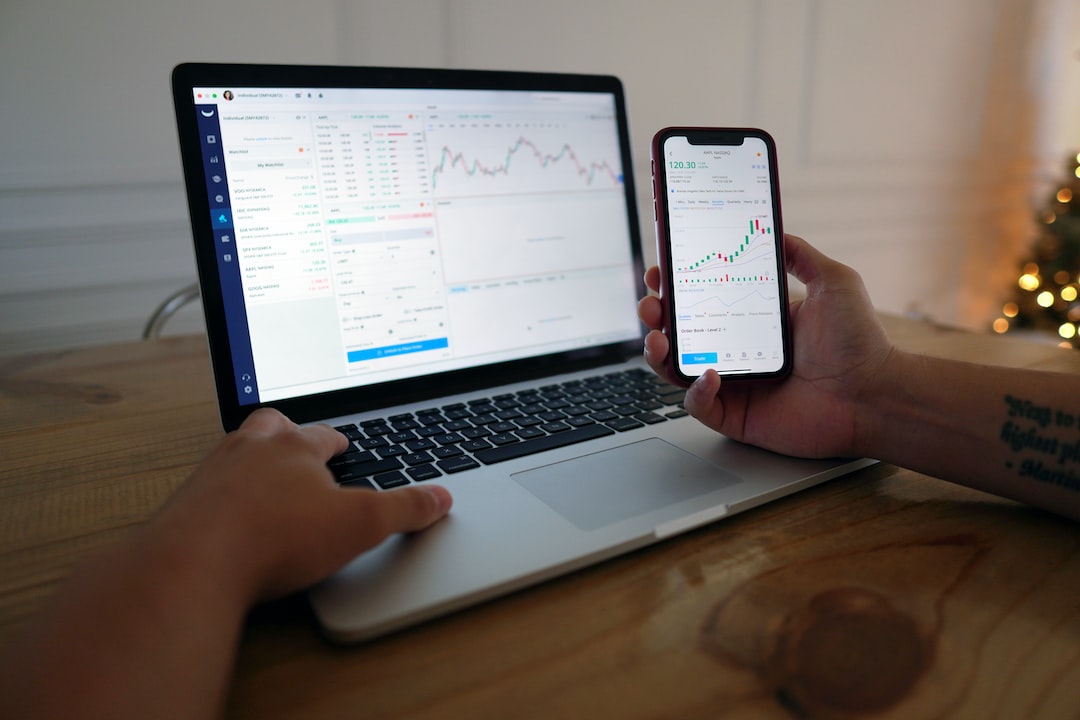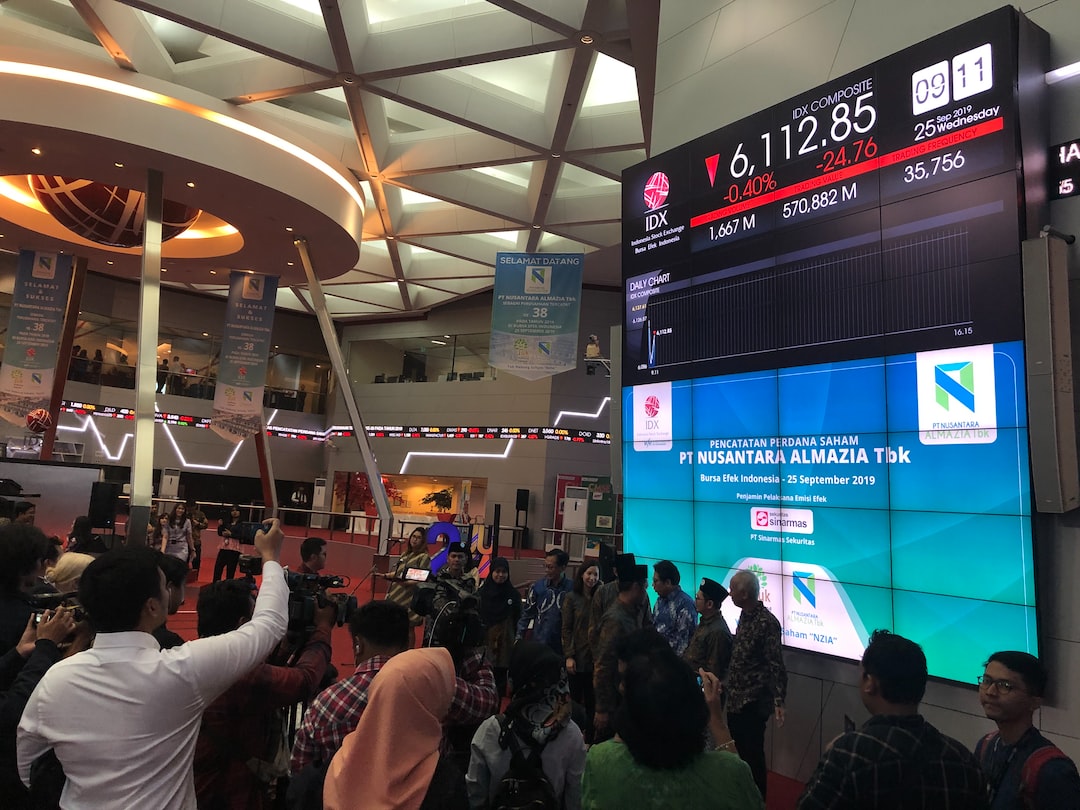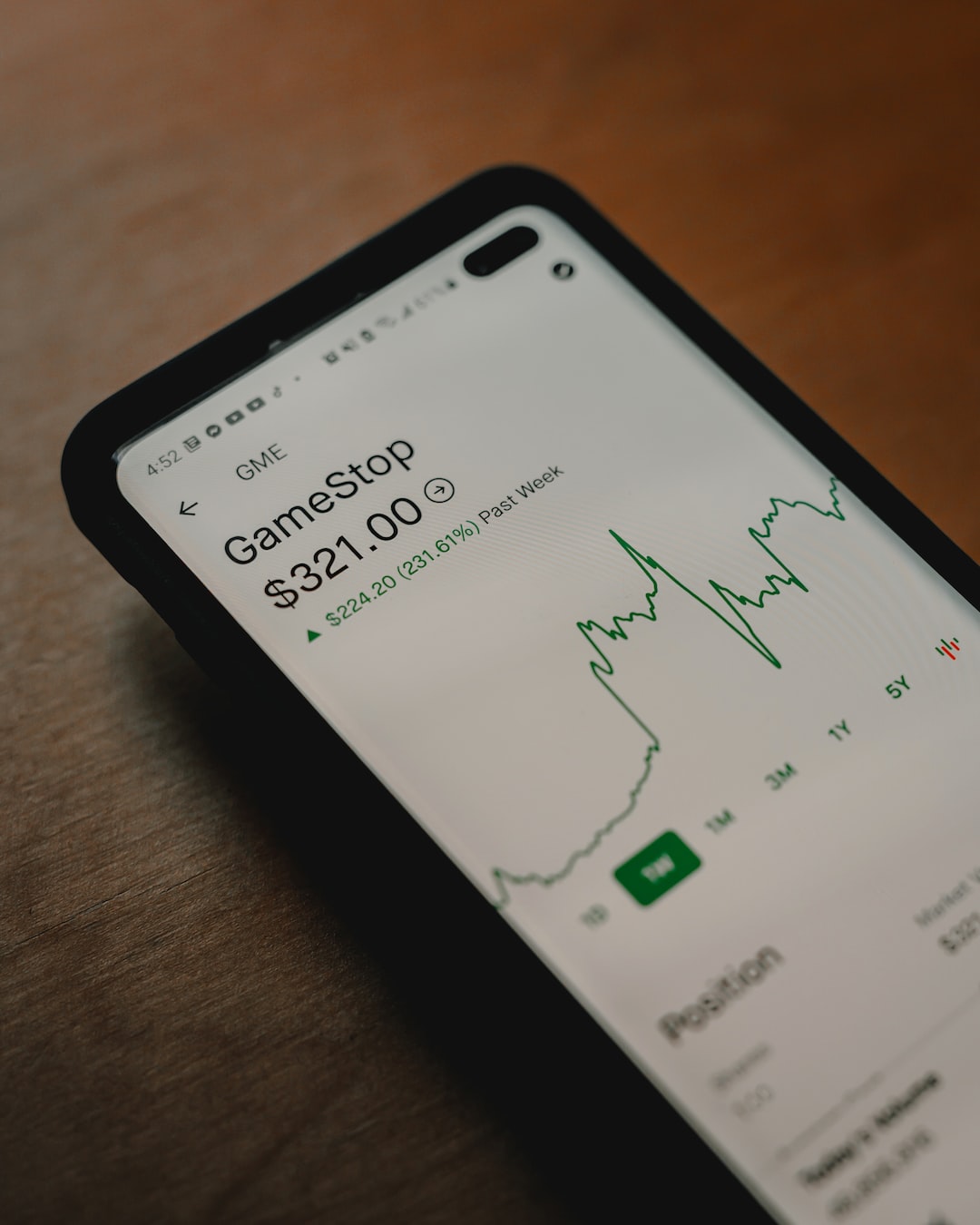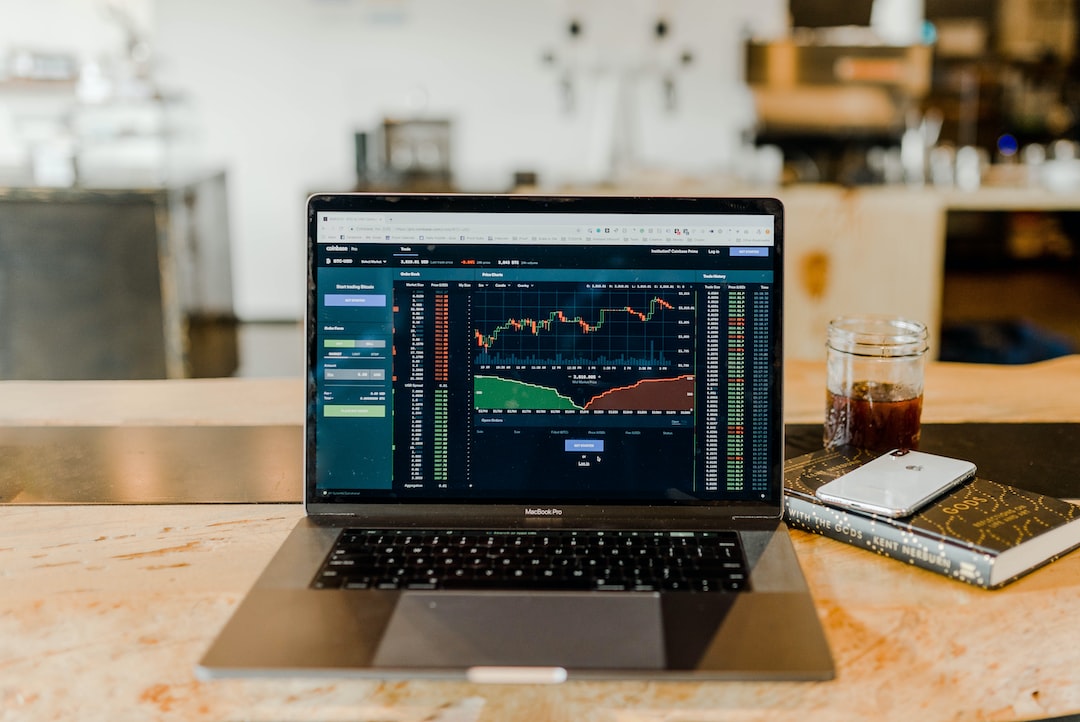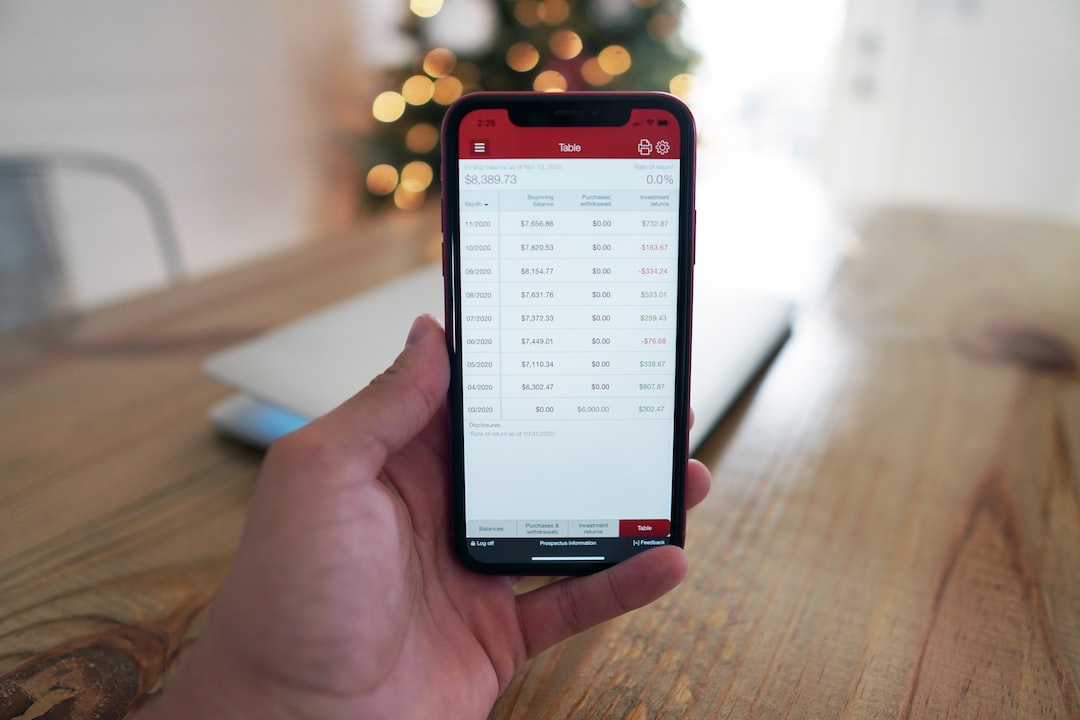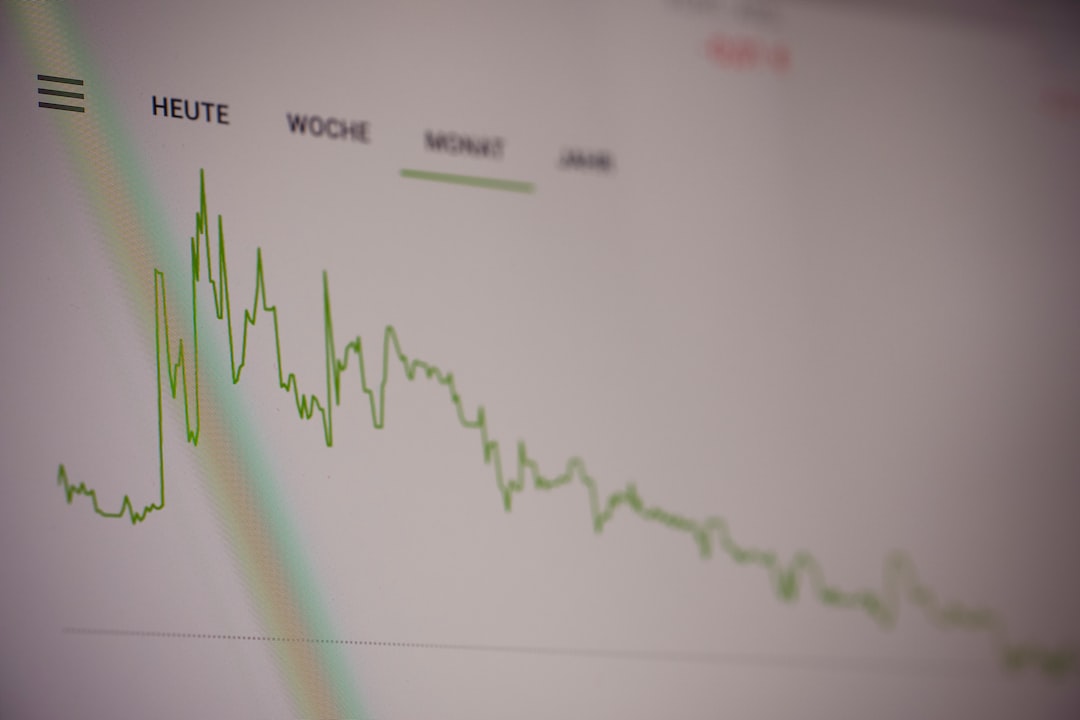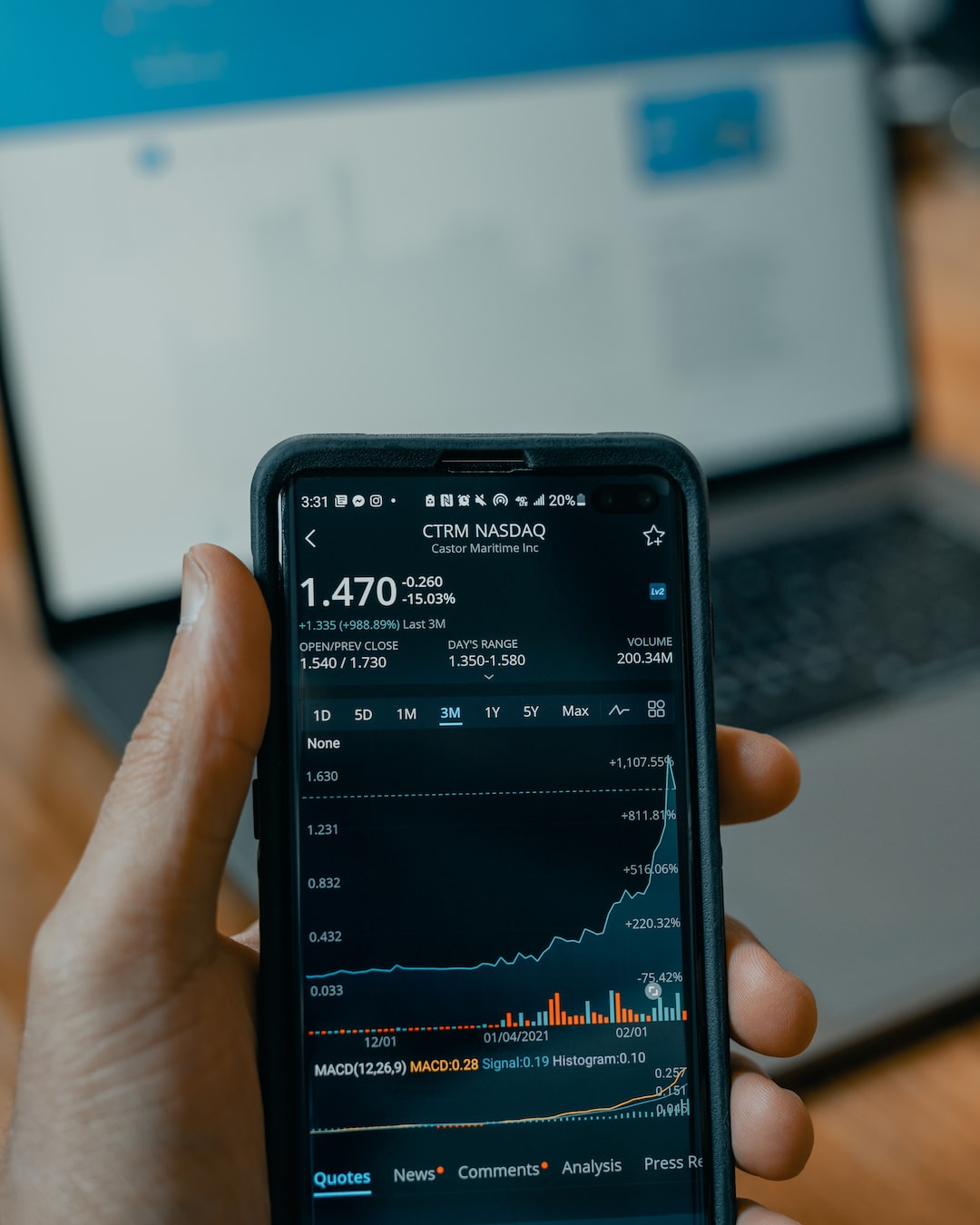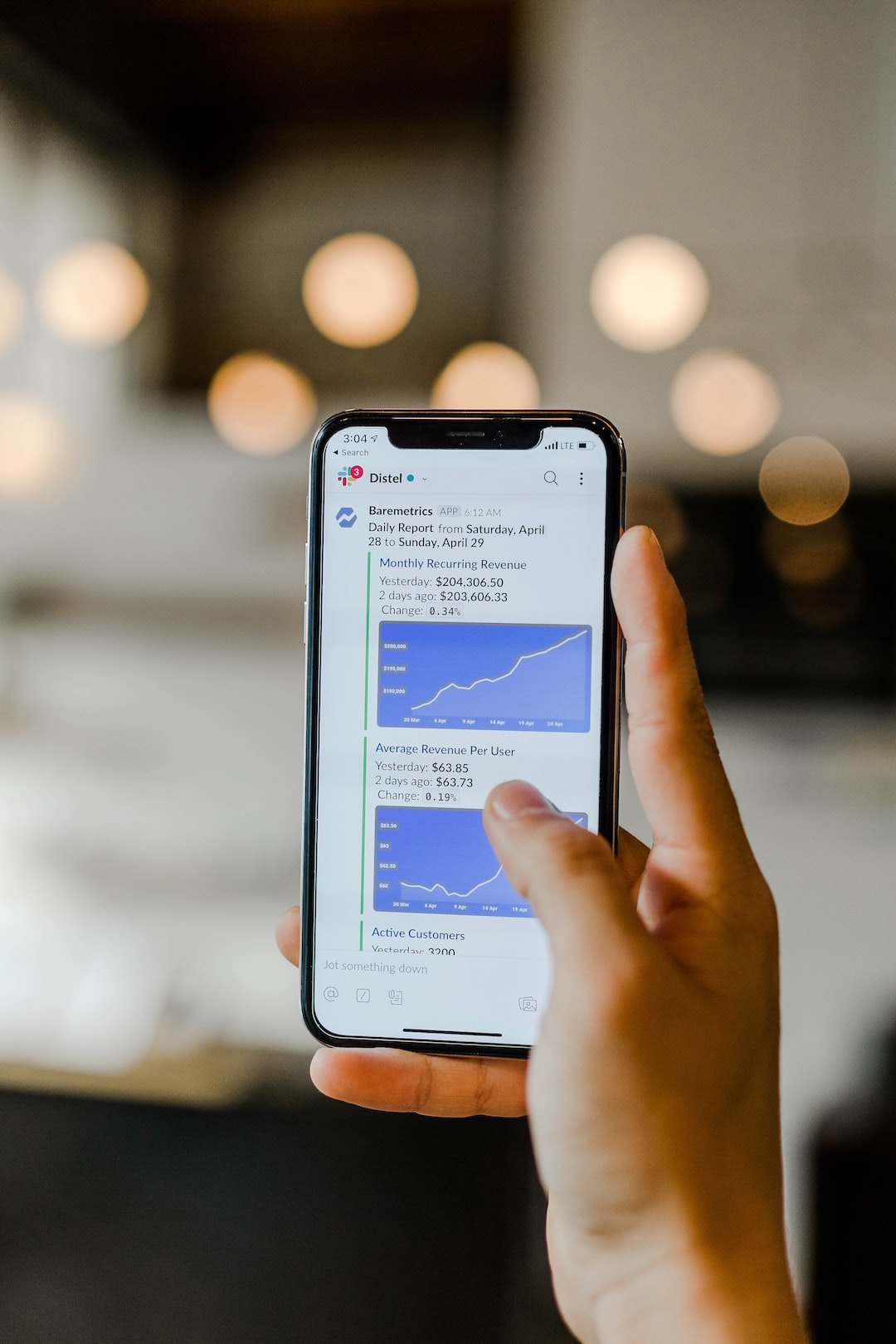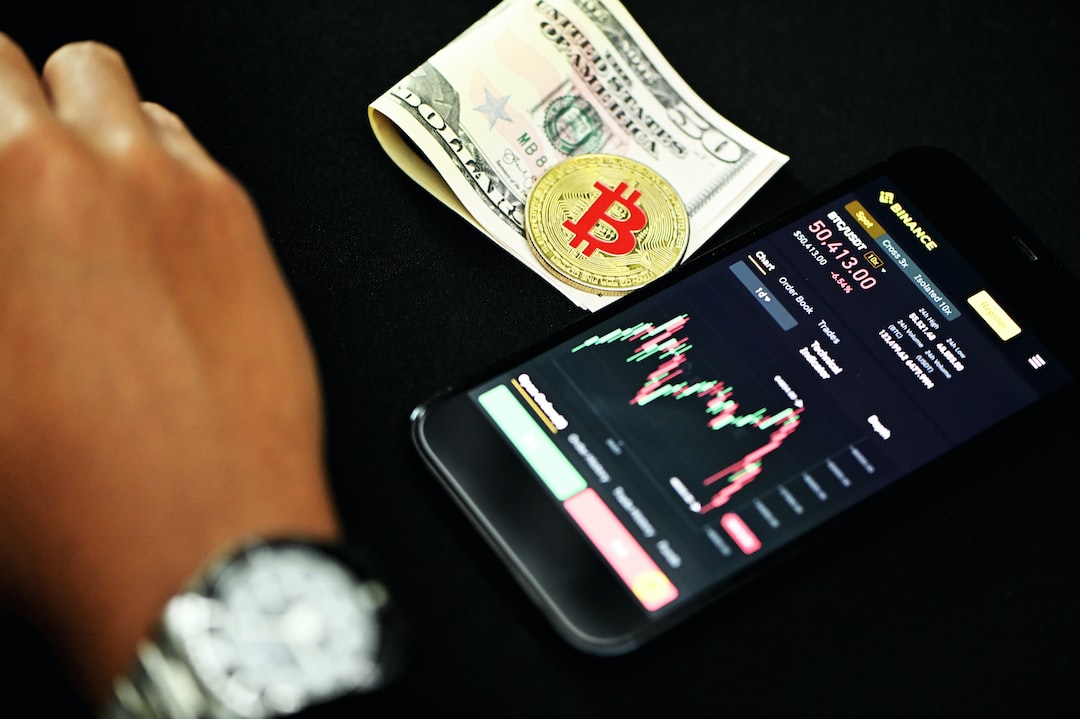Exploring the Top VPS Hosting Providers for Forex Traders
In the world of forex trading, having a reliable and efficient Virtual Private Server (VPS) hosting provider is crucial. A VPS allows traders to run their trading platforms and expert advisors (EAs) 24/7 without interruptions, ensuring faster execution speeds and minimizing downtime. With so many VPS hosting providers available, it can be overwhelming to choose the right one. In this article, we will explore some of the top VPS hosting providers for forex traders.
1. ForexVPS
ForexVPS is a popular VPS hosting provider that specifically caters to forex traders. They offer low latency servers located in major financial centers around the world, ensuring fast and reliable connections. ForexVPS provides a user-friendly control panel to manage your VPS, with the ability to easily install and run popular trading platforms like MetaTrader 4 and 5. They also offer 24/7 customer support and a 30-day money-back guarantee, making them a trusted choice for forex traders.
2. Beeks Financial Cloud
Beeks Financial Cloud is a leading VPS hosting provider that specializes in serving the financial industry, including forex traders. They offer ultra-low latency connectivity to major forex brokers, ensuring lightning-fast execution speeds. Beeks Financial Cloud provides a wide range of VPS plans to suit different trading needs, from basic plans for individual traders to enterprise-level solutions for institutional clients. They also offer robust security measures and 24/7 technical support to ensure a seamless trading experience.
3. CNS
Commercial Network Services (CNS) is another reputable VPS hosting provider for forex traders. They offer a range of VPS plans hosted in data centers located near major forex exchanges, ensuring minimal latency and fast trade execution. CNS provides dedicated resources for each VPS, ensuring optimal performance even during peak trading hours. They also offer a variety of add-on services, such as remote desktop access and backup solutions, to enhance the trading experience.
4. FXVM
FXVM is a popular VPS hosting provider known for its high-performance servers and excellent customer support. They offer low latency connections to major forex brokers, ensuring fast trade execution and minimal slippage. FXVM provides a user-friendly control panel to manage your VPS, with the option to easily install popular trading platforms like MetaTrader. They also offer 24/7 technical support and a 30-day money-back guarantee, making them a reliable choice for forex traders.
5. TradingFXVPS
TradingFXVPS is a VPS hosting provider that focuses on delivering high-quality hosting services for forex traders. They offer low latency connections to major forex brokers and data centers located in strategic locations around the world. TradingFXVPS provides a range of VPS plans, including both Windows and Linux-based options, to cater to different trading preferences. They also offer 24/7 customer support and a 7-day money-back guarantee, ensuring customer satisfaction.
In conclusion, choosing the right VPS hosting provider is essential for forex traders to ensure reliable and efficient trading. The top VPS hosting providers mentioned in this article, such as ForexVPS, Beeks Financial Cloud, CNS, FXVM, and TradingFXVPS, offer low latency connections, reliable servers, user-friendly control panels, and excellent customer support. It is crucial for forex traders to assess their specific trading needs and preferences before selecting a VPS hosting provider. By doing thorough research and considering factors such as latency, server locations, customer support, and pricing, traders can find the perfect VPS hosting provider to enhance their trading experience.








